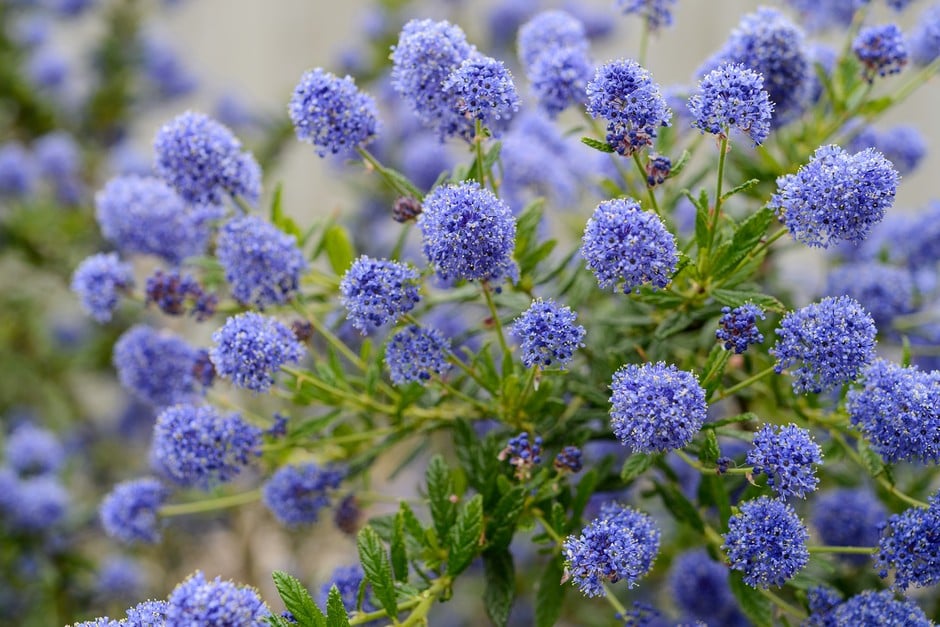Table of Contents
Ceanothus, the vibrant and unique California lilac, has been a cherished addition to people’s gardens. With its striking blue and purple blossom and lush green leaves, enthusiasts seek to grow new plants from cuttings. However, if you are concerned about the Ceanothus going brown, this guide will provide insights and solutions to protect them. Ceanothus cuttingsare famous for propagating the shrubs. This offers an opportunity to enhance the beauty of your garden.
Here, we will unravel the mysteries behind the occasional browning of the cuttings and provide advice on ensuring their growth. Whether you are a seasoned gardener or an enthusiast, understanding the challenges and checking for the solutions is crucial for healthy and thriving plants.
Common Reasons for Ceanothus Browning
1. Watering Issues
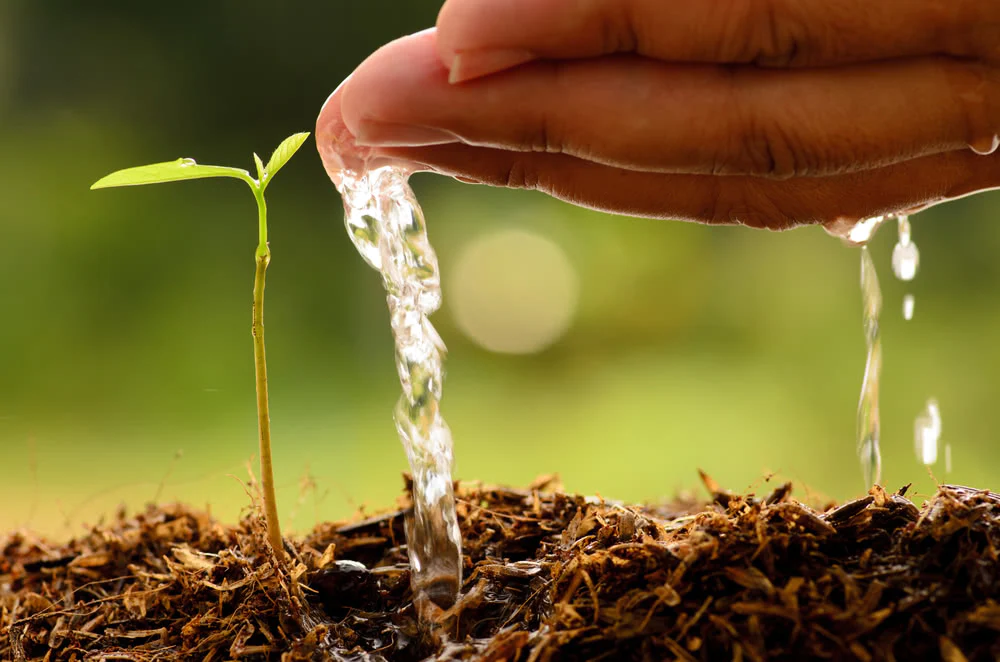
One of the primary reasons behind ceanothus turning brown is inadequate watering. These plants have particular watering needs that must be matched for good health. Overwatering them can lead to rotting of the roots, causing them to suffocate and making the leaves brown and wilt.
On the other hand, underwatering can result in drought stress, making the leaves brown and dry. It is crucial to find the right balance and allow the soil to slightly dry up before watering it.
2. Soil Problems

The soil quality in which the Ceanothus are planted plays an essential role in its health. If the soil is poorly drained, it may lead to stagnant water around the roots, increasing root rot and leaf browning. A solution for the same is to ensure that the soil is well-draining and mix organic matter to improve the soil structure.
3. Pest and Disease Infestation
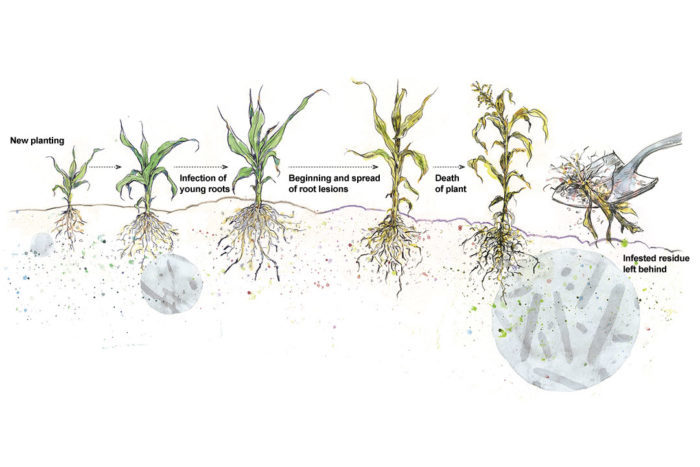
Ceanothus plants are not resistant to pests like spider mites or diseases like powdery mildew. These can weaken the plants, causing the leaves to discolor and turn brown. It is crucial to inspect the cuttings for signs of pests and diseases and to take immediate action to fix any issues with accurate treatments.
Ceanothus: Care and Maintenance
1. Watering
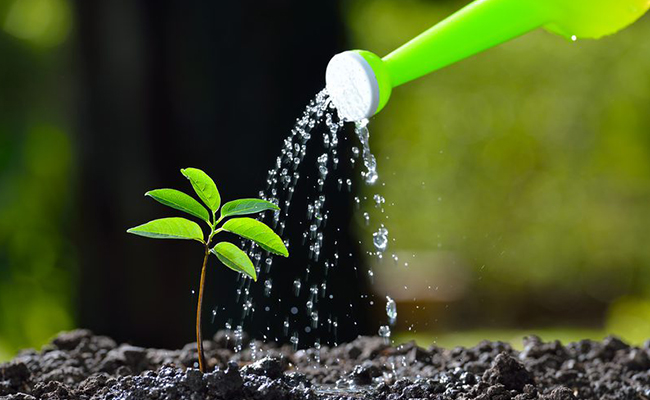
It is important to maintain a consistent watering routine. Water infrequently but deeply, and allow the soil to dry slightly between waterings. Prevent overwatering and underwatering. Increase water frequency during hot and dry periods.
2. Soil Health

Ceanothus requires well-drained soil to grow. Make sure that the planting site minimizes the chances of waterlogged roots. Adding organic matter like compost can improve the soil’s health and structure, promoting healthy growth.
3. Pruning
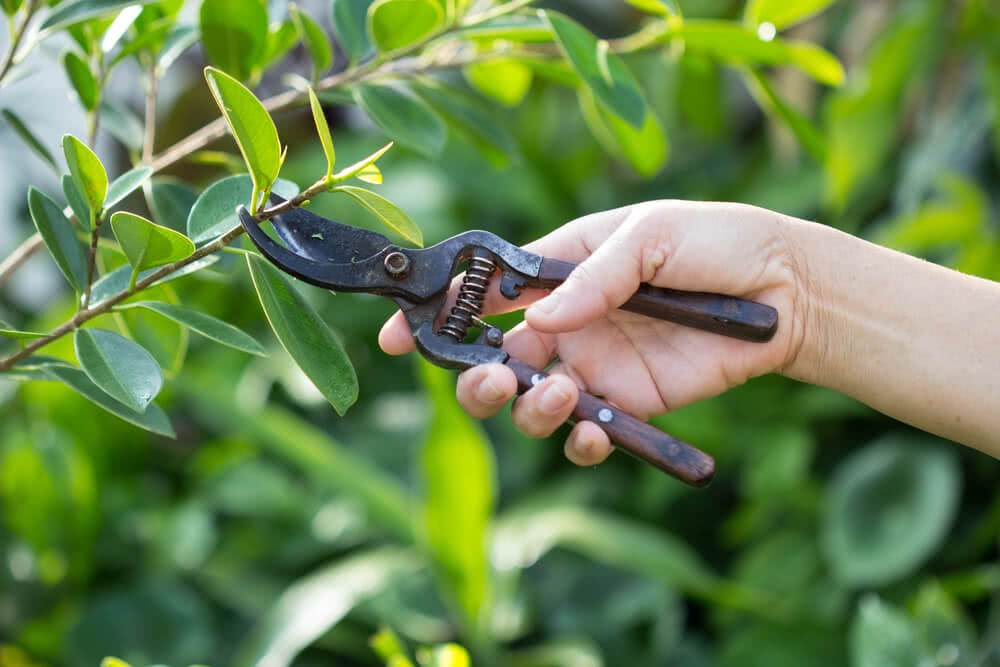
Regular pruning is important for the plant. Remove dead and diseased branches, including any crowded or tangled branches. Pruning helps maintain the shape and promote air circulation while stimulating new growth.
4. Mulching
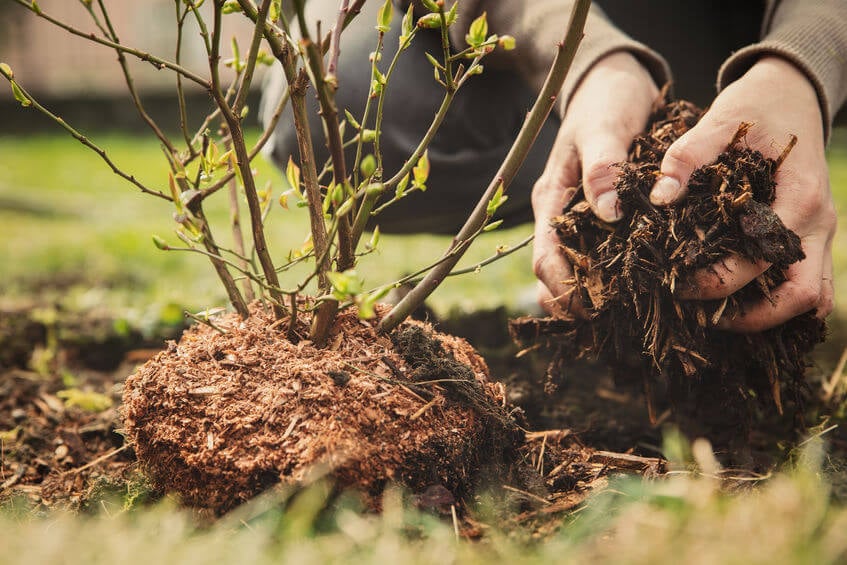
A layer of mulch around the base of the plant helps conserve the soil moisture while regulating soil temperature. Natural mulch like wood chips or bark is recommended to reduce weed competition as well.
Propagation Tips for Ceanothus
1. Timing
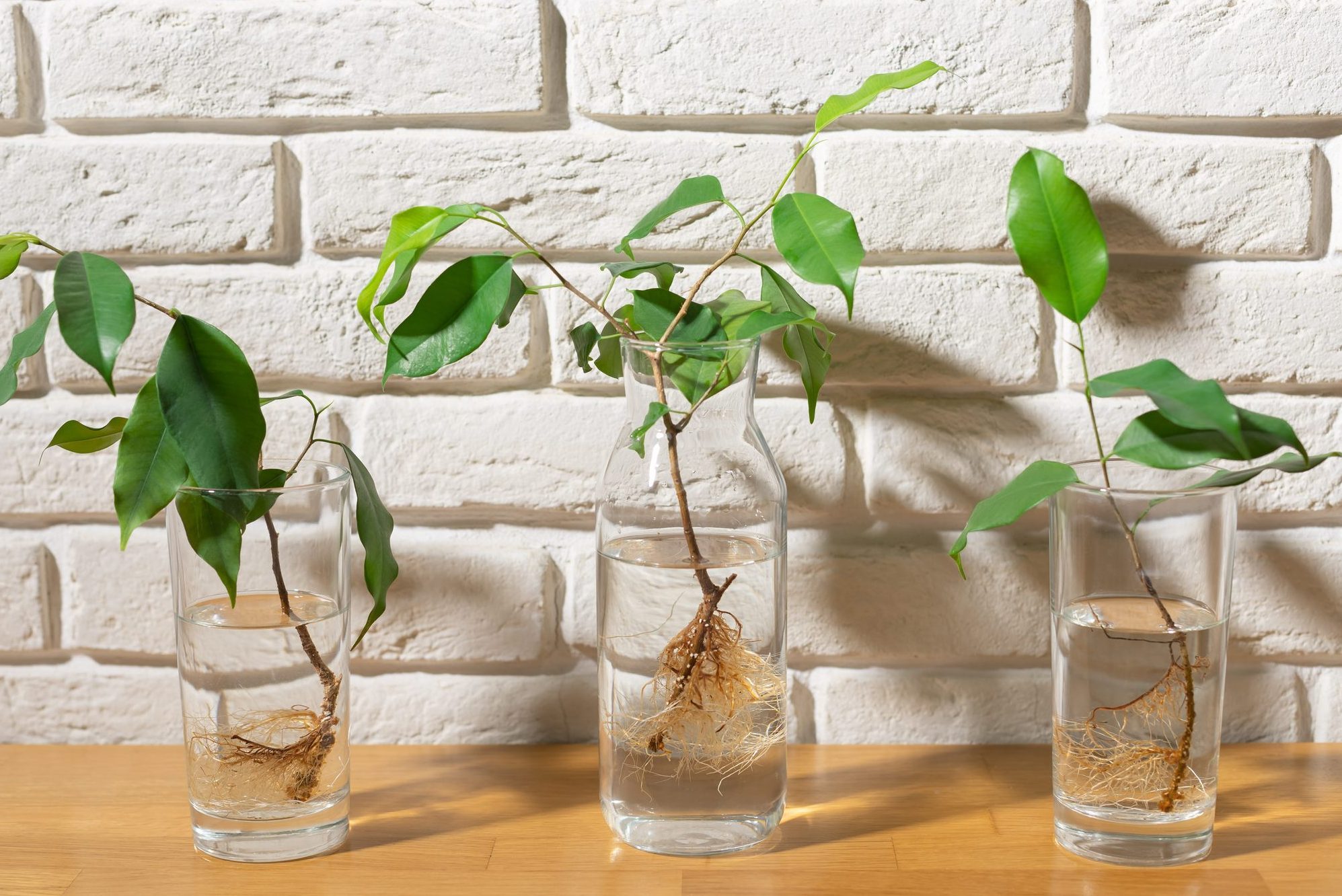
The ideal time to take the cuttings is in late spring or early summer when the plant grows continuously. It is recommended that you do not take the cuttings in extreme heat or cold.
2. Cutting Technique
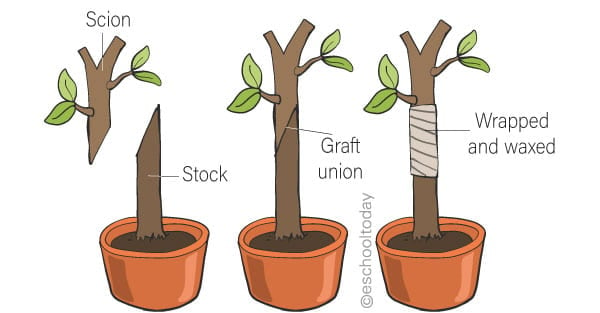
Using sharp and clean pruning shears is recommended for clean cuts just below a leaf node. Remove any leaves from the lower half of the cut part to reduce water loss.
3. Humidity and Light
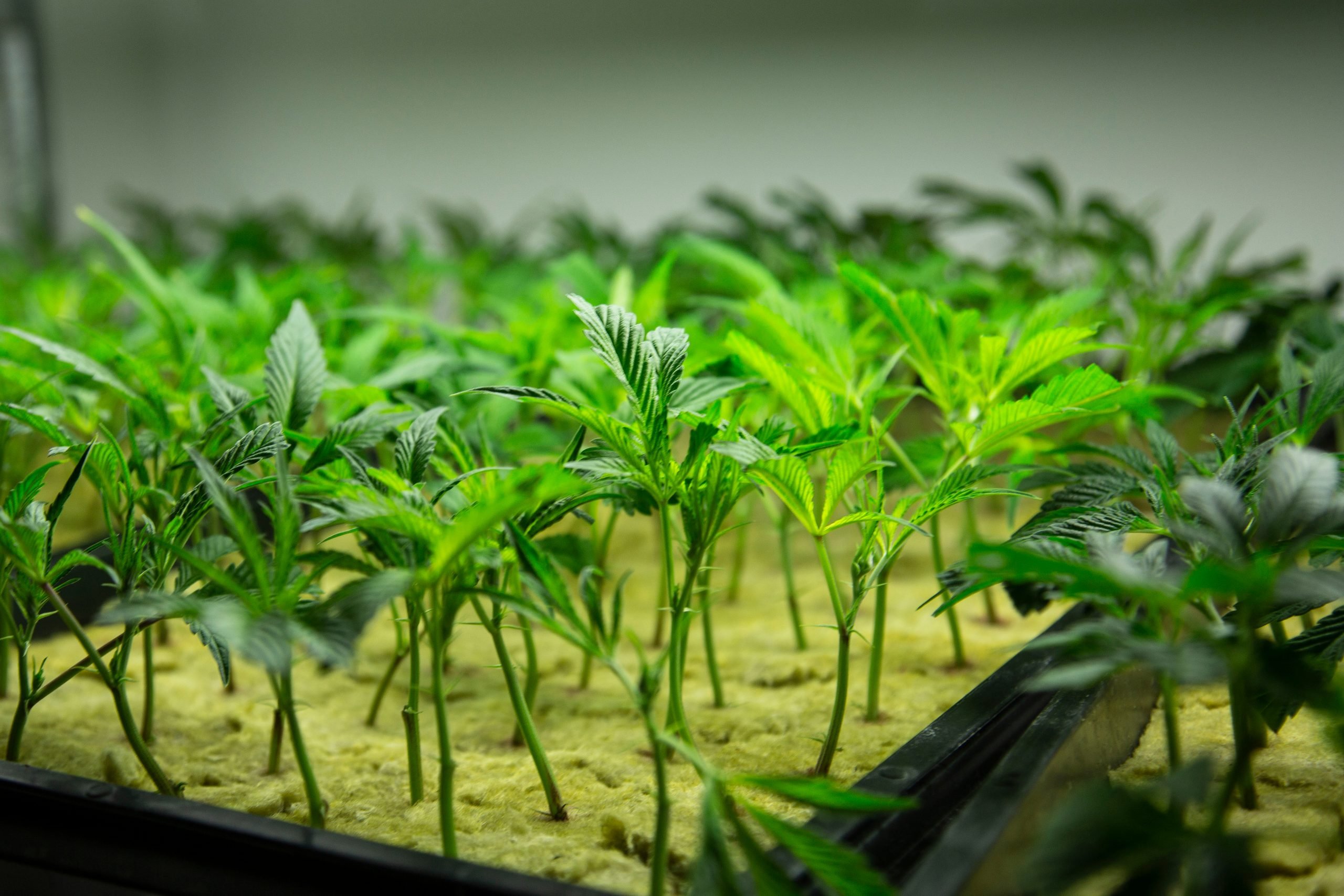
Cover or keep the cuttings in a plastic bag or a propagation tray to maintain the humidity levels. Indirect sunlight or grow light helps in the rooting process.
Troubleshooting and Solutions
1. Yellowing Leaves

If the cuttings develop yellow leaves, it may be because of nitrogen deficiency. Applying a balanced fertilizer is recommended with an NPK ratio that is suitable for shrubs. Following the recommended dosage on the label is essential.
2. Brown Spots on Leaves
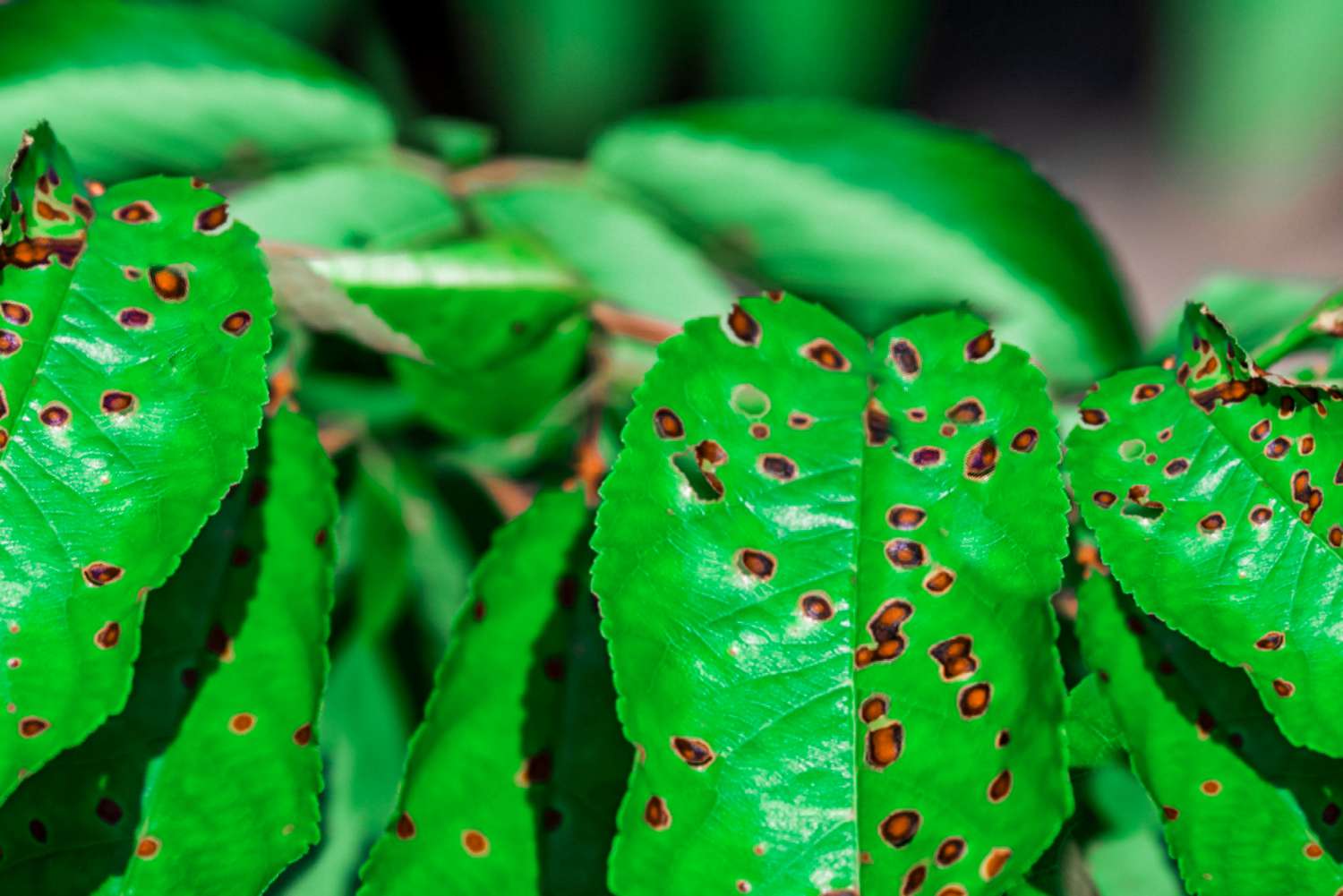
Brown spots may be caused due to fungal diseases like powdery mildew. Applying a fungicide by following the instructions present on the product helps combat the infection. Proper airflow around the plants is also optimal to prevent fungal issues.
3. Pest Infestation
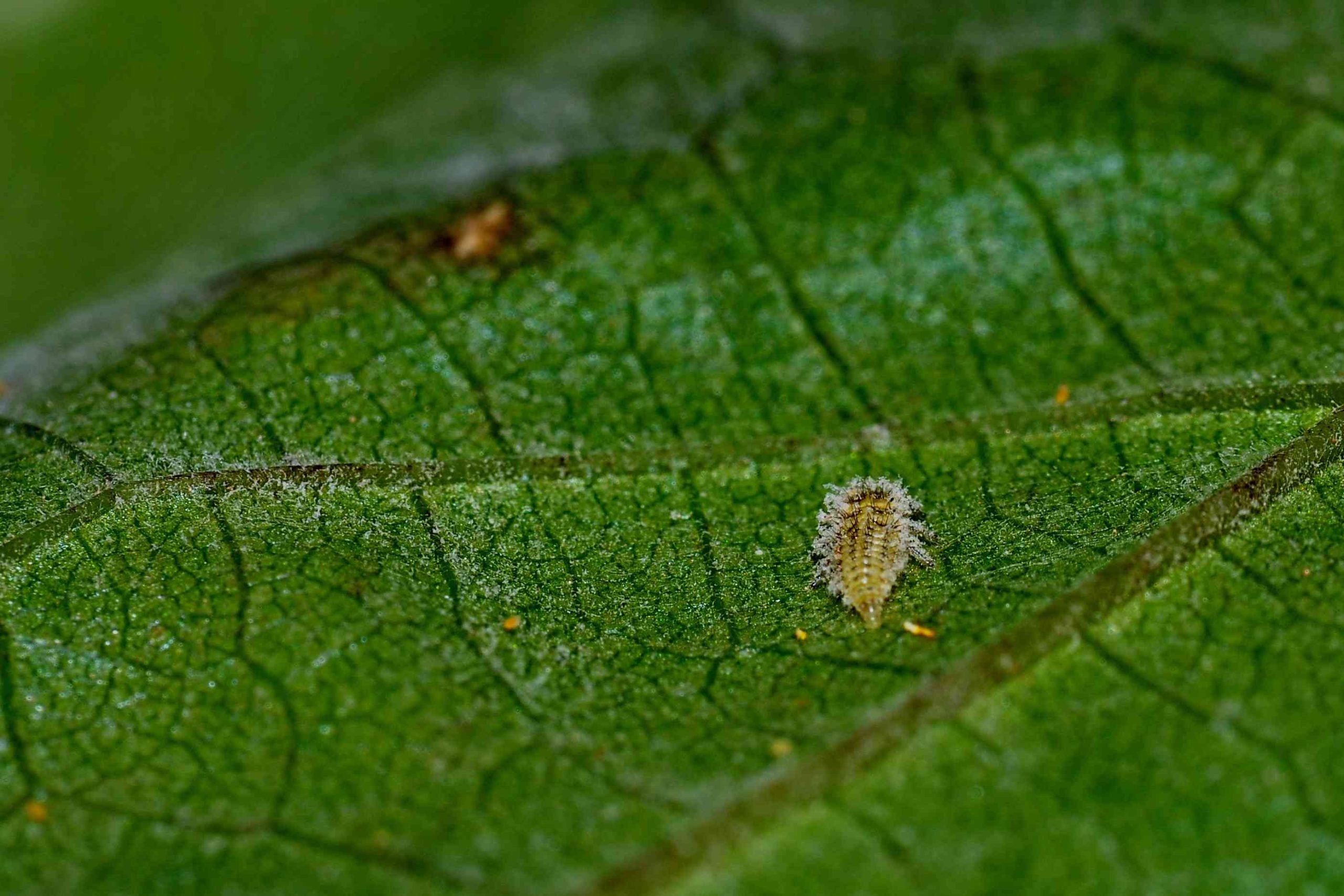
Scale insects and spider mites can damage ceanothus. You can use insecticide soap or neem oil to control the pests. Prune heavily infested branches if required.
4. Leaf Browning
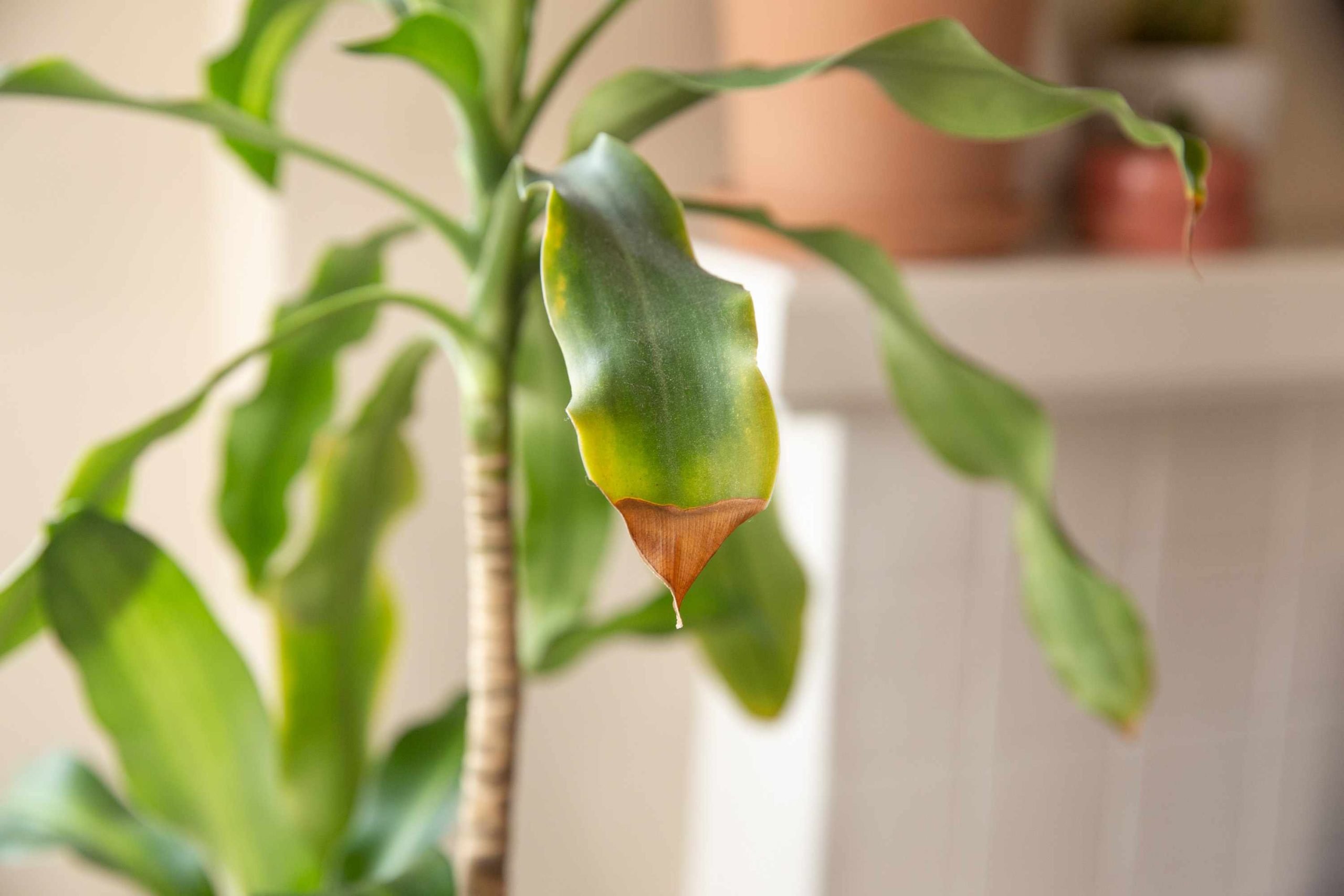
If the plant turns brown and looks unhealthy, re-check the care practices. Assess the watering, environmental conditions, and soil quality accordingly. Adjust the same according to the plant’s health.
Conclusion
In caring for the Ceanothus, it is essential to understand the factors contributing to browning and know how to improve the health of these shrubs. With the proper care, these gems can flourish in your garden, displaying their vibrant blue and purple blossoms with lush green leaves.
You can ensure the cuttings remain healthy and vibrant by checking for common issues like watering, pests, and soil quality. A proper watering schedule is crucial while maintaining soil drainage and addressing pest or disease problems.
As the care continues, your efforts will be rewarded with the beauty of this plant. With patience and knowledge shared in this blog, the cuttings will flourish in your garden for years.

